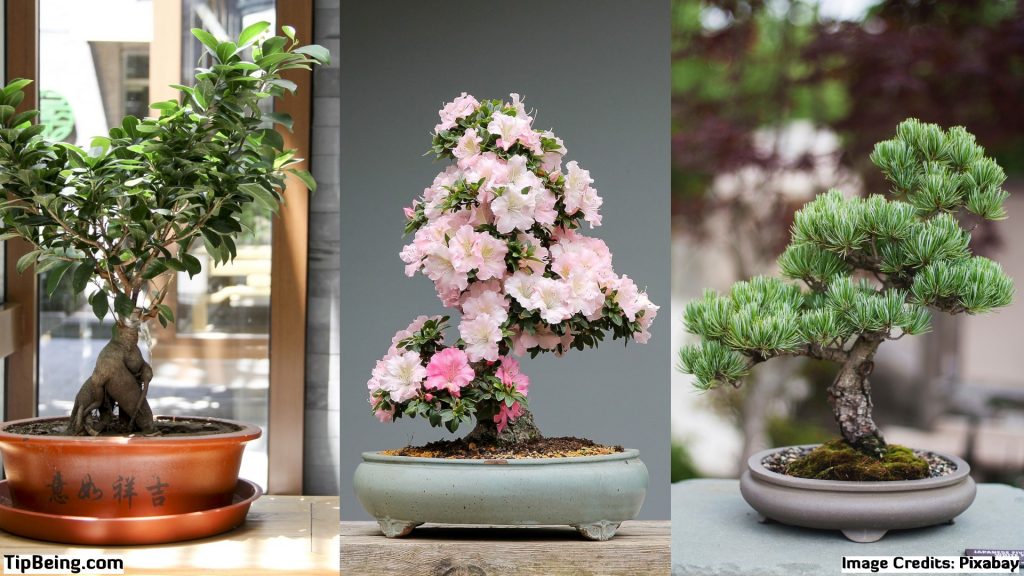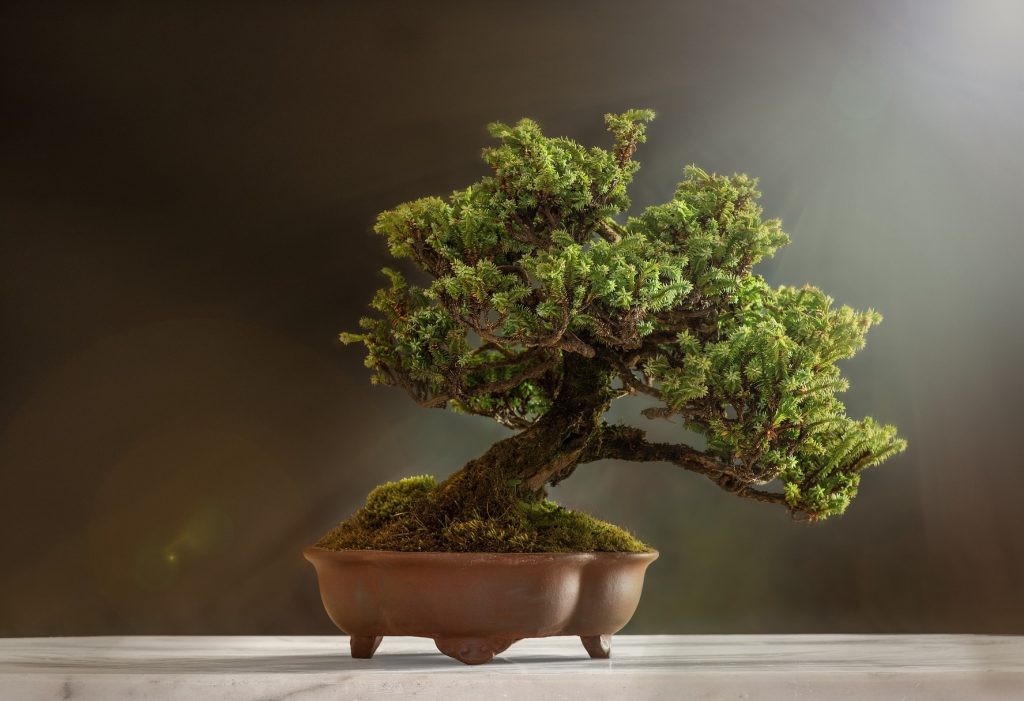Bonsai has always been a unique horticulture method, and it has a history of over 1500 years. If you are into Bonsai, you would know that how versatile it is and how easy it is to showcase your green thumb abilities. However, most newcomers have this question in minds; is it possible to grow an indoor Bonsai tree? Let’s talk about this.
I want to grow an indoor Bonsai tree; is it possible?
Let us give you a straightforward answer to this question. Yes, it is possible, as far as you provide a proper environment for the plant. In addition, you can’t grow all plants indoors, and you have to be selective on the plant you try as an indoor Bonsai plant. Simply put, it would be challenging to care for non-tropical plant variants indoors due to various reasons.
What plants can I grow as indoor Bonsai trees?
The most popular indoor Bonsai plant is Ficus and there are several commonly found sorts of this plant. Ficus Retusa and Willow Leaf Ficus are two of the easiest you can try indoors. Other than that, Hawaiian Umbrella, Chines Elm, Snow Rose and Fukien tea also grow without much of an issue.
Factors to consider when growing indoors.
You should always understand that growing Bonsai is totally different from outdoors, and obviously, you will have to provide some extra care for the plants to help them to thrive. Here are few essential tips to grow an indoor Bonsai plant.

Light
Regardless of the method of cultivation, the plants must receive adequate light. When it comes to the indoors Bonsai trees, obviously, the plants will not get direct sunlight, and it can cause numerous issues in terms of growth. This is one major reason why we recommend the above-mentioned plant types, and you must make sure to provide artificial light to keep them in order.
The lower light conditions won’t kill the plants straight away but will definitely hamper the growth, and more often than not, you will end up with a weakened tree. The best possible solution for this issue is to keep your choice of the plant near a window to allow it to gain natural sunlight as much as possible. However, if you find it difficult to permit sunlight to the plants, you must consider providing artificial lights such as fluorescent or high-intensity lamps.
Humidity
Low humidity levels are another significant problem associated with indoor cultivation. In fact, the air conditioning and room heating systems make things even worse. That said, providing humidity to the plants is not a difficult job. You can easily mist the plants a couple of times a day, or as a proper tactic, it will be ideal to use a humidity tray to place the plants.
There are products in the market specifically designed to do this job for you. But, you don’t have to buy those things to care for your indoor Bonsai tree in the beginning.
Temperature
As you would know by now, tropical trees are best suited as indoor Bonsai trees. This means they require relatively high temperatures to grow. The good news is that it’s the same level of temperature that you have inside your home; actually, it is the room temperature that we are telling here. Even though these plants have the capability to bear room temperature without much of a problem, don’t expect them to absorb freezing conditions.
So, take them away from the windows if you are experiencing extreme cold weather conditions. For those who live in winter countries, the Mediterranean or semi-tropical Bonsai trees would be a much better option to try as they have what it takes to thrive under cold temperatures.
Water and Fertilizer
Last but not least, it’s water and fertilizer. One big mistake most rookie planters make is overwatering. You don’t have to water the indoor Bonsai trees as you do with the outdoor plants. These plants demand water only when they are dry, and it doesn’t have to be on a daily basis either.
It’s the same with fertilizer as well. Although you don’t need big amounts, it is crucial to provide fertilizers to the plants adequately since they grow in small containers. The type of fertilizer and the amount depends on the plants you choose; so, take a minute and conduct thorough research on the plants you pick to grow as indoor Bonsai trees.

Also Read: What is Hydroponic Gardening? [Advantages of Hydroponics]
Conclusion
Growing an indoor Bonsai is not rocket science. Yes, it may demand some effort from your end, but it is not impossible by any means. The most important part is choosing the right plants, and as we said, you just can’t grow whatever you like as indoor Bonsai trees. So, pay attention to that and follow the easy steps we brought you today. If you have any questions, please comment on them below. Have a great day!

![Is it Possible to Grow an Indoor Bonsai Tree? [Explained in Detail] Is it Possible to Grow an Indoor Bonsai Tree? [Explained in Detail]. Bonsai Trees Plants Ornamental Trees Gardening](https://tipbeing.com/wp-content/uploads/2021/05/Is-it-Possible-to-Grow-an-Indoor-Bonsai-Tree-Bonsai-Trees-Plants-Ornamental-Trees-Gardening-1024x657.jpg)

![Factors to Consider in Apartment Gardening [A Must Read for Rookies]](https://tipbeing.com/wp-content/uploads/2021/06/Factors-to-Consider-in-Apartment-Gardening-A-Must-Read-for-Rookies-150x150.jpg)






1 Comment
Pingback: How to Grow and Care a Bamboo Garden | Tip Being 2021